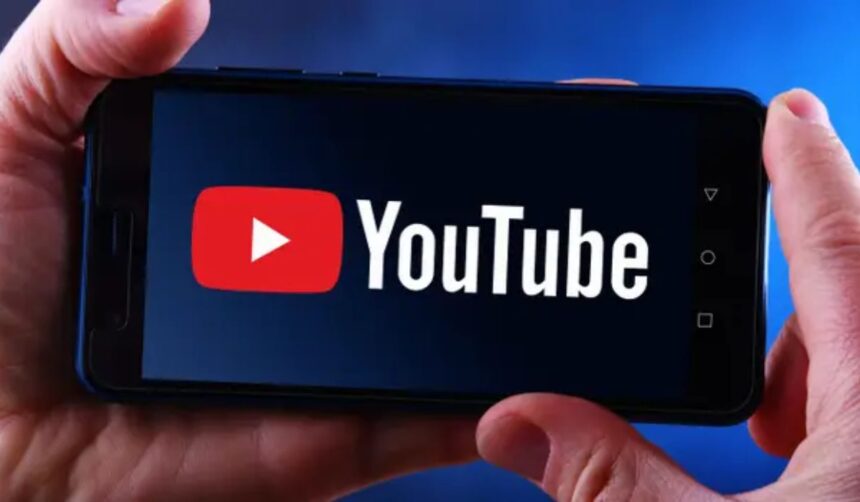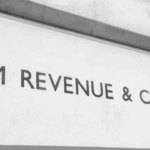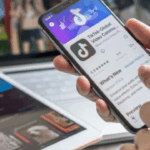European teenagers may soon notice a shift in their YouTube recommendations as the video-sharing platform implements new restrictions aimed at limiting exposure to certain health and fitness videos. The move comes as part of YouTube’s efforts to curb content that “idealizes” specific body types, particularly those that may foster negative self-image among young viewers.
As one of the most popular social media platforms for teens, YouTube typically recommends videos based on what users have previously watched, creating a cycle where viewers may be repeatedly exposed to similar content. This can sometimes lead teens down a path toward more extreme or harmful content. In response, YouTube initially introduced restrictions in the United States last year and is now expanding them across Europe and globally, based on advice from its Youth and Family Advisory Committee.
A Step Towards Healthier Content
The new guidelines aim to prevent teenagers from developing negative beliefs about their bodies, according to Dr. Garth Graham, head of YouTube Health, and James Beser, director of product management for YouTube Youth. In a joint statement, they explained that while individual videos might not pose an immediate concern, repeated exposure to certain themes can be detrimental to young viewers.
“YouTube will now limit recommendations of videos that idealize particular fitness levels or weight groups, compare and idolize specific physical features, or display socially aggressive behavior like intimidation or fighting,” Graham and Beser noted.
Social Media and Body Image
Social media has long been linked to poor body image, mental health issues, and even eating disorders. A comprehensive review of 50 studies across 17 countries last year highlighted how exposure to idealized body types online can contribute to self-comparison and unhealthy behaviors, particularly for women, girls, and people who already struggle with body image.
A 2021 study specifically focused on “Fitspiration” content on YouTube found that fitness influencers often promote unhealthy habits, with viewers reinforcing these behaviors through comments. This kind of content can be especially harmful when teens are repeatedly exposed to it.
YouTube’s Ongoing Efforts
YouTube has already taken steps to restrict access to content related to eating disorders and physical violence. The platform also directs users searching for sensitive topics, such as suicide or self-harm, to crisis hotlines. For this latest update, YouTube worked with organizations in Germany and France to ensure the changes would be effective.
Regulatory Pressure
Tech companies, including YouTube, have faced increasing scrutiny from regulators over the impact of their content on young people’s mental health. In the UK, the communications regulator Ofcom ordered tech platforms to take measures against harmful content recommendations for children, including those related to self-harm and eating disorders. Similarly, the European Union’s Digital Services Act, adopted in 2022, calls on tech giants to protect children from content that could harm their physical, mental, or moral development.
These new measures by YouTube are part of a broader effort to make the digital environment safer for young users.










